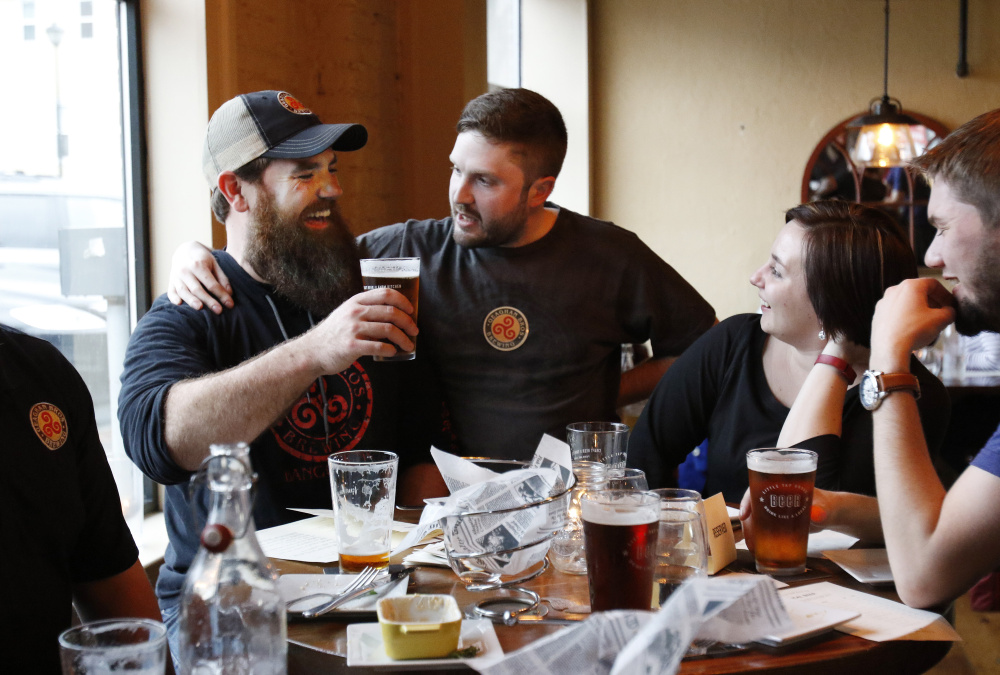If you want to see the future of job creation in Maine, look no further than the craft beer industry.
Following five years of truly astounding growth, Maine breweries now employ 1,500 people and generate nearly half a billion dollars in annual sales. It wasn’t the arrival of a large, out-of-state company that created that economic activity, but the collective work of dozens of local entrepreneurs who make products that are distinctly Maine, and which people from around the world will specifically seek out.
That’s a long way from where it started, with the creation of Portland-based D.L. Geary Brewing Co. in 1986, followed shortly thereafter by Gritty McDuff’s, back when craft beer was not even a blip on the radar in a market dominated by Budweiser, Coors and Miller Lite.
Now the big breweries are being forced to take notice, with craft beer accounting for 11 percent of the market by volume, up from 6 percent in 2008. Americans spent $19.6 billion on craft beer in 2014, a 22 percent rise over the previous year.
Maine is taking full advantage. Two of the state’s breweries – Shipyard and Allagash – are among the top 50 in sales in the country. Allagash, in Portland, and Maine Beer Co., in Freeport, frequently have their beers ranked among the very best in the world, while other Maine beers are often cited among the best in their style.
The high quality of Maine beers is satisfying not only critics and locals, but also aficionados from around the world, who are increasingly coming to Maine to get a taste of what they’ve heard so much about. As a result, the craft beer industry is providing a boost to places that are greatly in need of one.
A cluster of breweries now surround Allagash, turning a Portland industrial park into a destination for beer tourists. Breweries also anchor a section of the city’s up-and-coming East Bayside neighborhood.
In rural areas, breweries have moved into old mills and barns, providing activity and energy in places where recent economic news rarely has been good.
Breweries also support Maine farms growing hops and barley, as well as the fabricators, plumbers and engineers who are necessary to keep stainless steel and pipe contraptions turning out beer.
That support will only grow. Since 2011, the number of Maine breweries has more than doubled, from 34 to 71, and every day there are more looking to make the move from home kitchens and garages to commercial warehouses. And there is plenty of room to grow. Craft beer is winning converts by the day, and its share of the market is sure to continue to grow. Craft beer drinkers are always looking for what’s new, interesting and, most of all, good.
Maine’s got that in spades, and the industry’s overall focus on quality means the Maine beer brand will only gain in prominence.
And that’s the thing about Maine beer – it can only be made in Maine; that’s where it gets its value.
That should be a lesson as the state builds its future economy.
Send questions/comments to the editors.



Comments are no longer available on this story